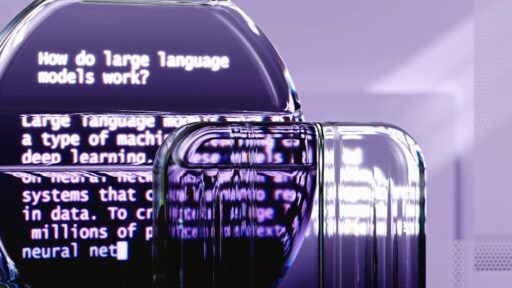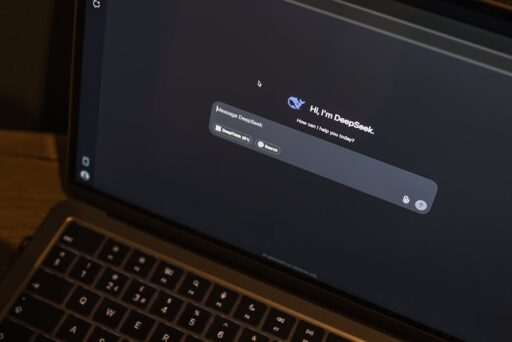The Rise of Terminal-Based AI Tools in Software Development
In recent years, the landscape of AI-powered software development has been shifting significantly. Traditional code-editing tools, once the stalwarts of the industry, are being challenged by a new breed of terminal-based AI tools. These tools, often overlooked, are quietly revolutionizing the way developers interact with and deploy software.
Unlike conventional code editors, which focus primarily on writing and debugging code, terminal-based tools offer a more holistic approach. They enable developers to interact directly with the system’s shell, facilitating a broader range of tasks such as configuring servers or troubleshooting scripts. This shift is not only expanding the capabilities of AI in development but also changing the foundational dynamics of software interaction.
Leading AI research labs, including Anthropic, DeepMind, and OpenAI, have pioneered this movement by introducing command-line coding tools that have quickly gained popularity. These tools are not just repackaged versions of their predecessors; they represent a fundamental change in how AI agents operate both online and offline.
Mike Merrill, a prominent figure in the field, suggests that the future of AI-computer interaction lies predominantly in terminal-like interfaces. This belief is backed by the development of benchmarks like Terminal-Bench, which evaluates the performance of these tools in comprehensive development environments. Unlike traditional benchmarks that focus on fixing broken code, Terminal-Bench assesses how AI tools manage entire system environments, pushing the boundaries of agentic AI capabilities.
Companies like Warp are at the forefront of this innovation, positioning themselves as hybrid solutions between integrated development environments and command-line tools. Warp’s success on Terminal-Bench demonstrates the potential of terminal-based tools to handle complex developer tasks, marking a significant leap forward in the AI development arena.
As terminal-based tools continue to evolve, they promise to manage a substantial portion of developers’ non-coding tasks, such as setting up new projects and resolving dependencies. This capability not only enhances productivity but also offers a compelling value proposition for developers aiming to streamline their workflows.
In conclusion, while terminal-based AI tools are still in their early stages, their ability to transform software development is undeniable. As these tools mature, they are likely to become indispensable assets in the developer’s toolkit, paving the way for more efficient and versatile software development processes.






